African Ethiopian "King's Taste" pluralistic Coffee ecosystem Human and Coffee Shake
In Ethiopia, many processing stations are 50-1000 meters from where coffee is collected.
Whether the fruit goes into the processing station or the processed beans, they all need to be carried manually.
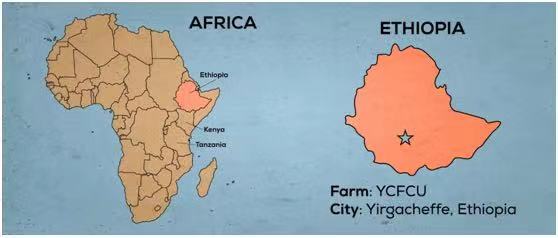
Today Ethiopia in Africa (then the Kingdom of Kafa) is the first region in the world to eat coffee. Yemen was the first country to use coffee trees as a plant, but Ethiopia gathered wild coffee fruits even earlier.
Whether by providence or by coincidence, both humans and Arabica coffee trees originated in Ethiopia.
Although Ethiopia is an underdeveloped country located in northeast Africa, it is a world-famous coffee producer.
Egypt has the most diverse coffee ecosystem in the world (forest coffee, semi-forest coffee, pastoral coffee and plantation coffee), which allows its rich Arabica genes to be preserved, coupled with multiple treatments of sun, water and semi-washing. Coffee has a complex and varied flavor. It can be said that most of the "taste spectrum" of coffee producing areas around the world can be drunk here, reflecting Ethiopia's inclusive "king flavor".
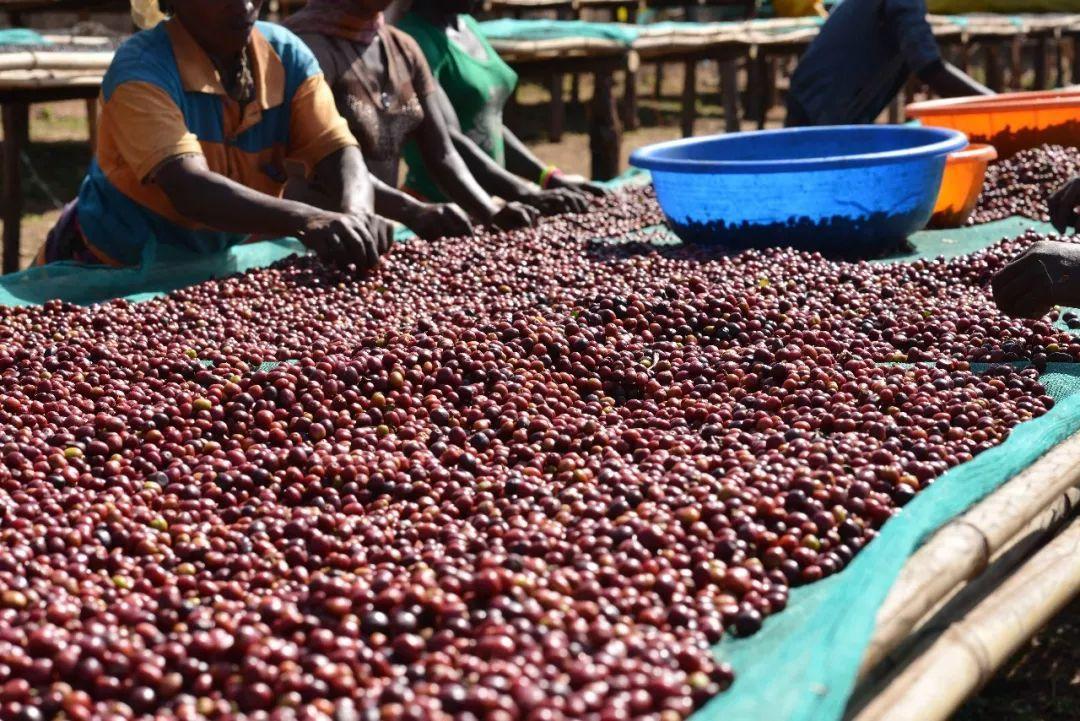
Farmers are used to growing coffee, bananas, grains, vegetables, and other crops in the fields, and store dried coffee fruits as currency on the one hand, and for friendship, weddings, funerals, and religious activities on the other. Traditional Ethiopians even have coffee to celebrate when they give birth to livestock.
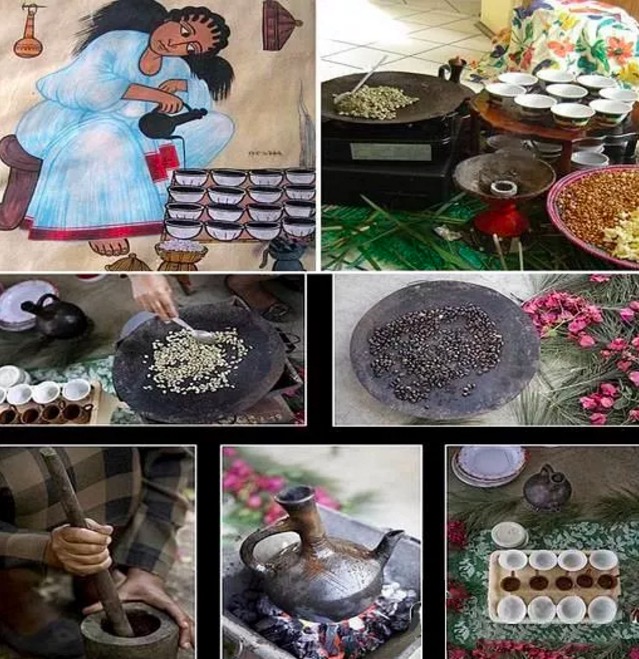
The average family has a fixed time, place and ceremony for drinking coffee, just like Christian worship, which is called "Bunna ceremony". The traditional methods and utensils they use to make coffee are completely different from the general way we extract coffee today, and the coffee also has a unique flavor.
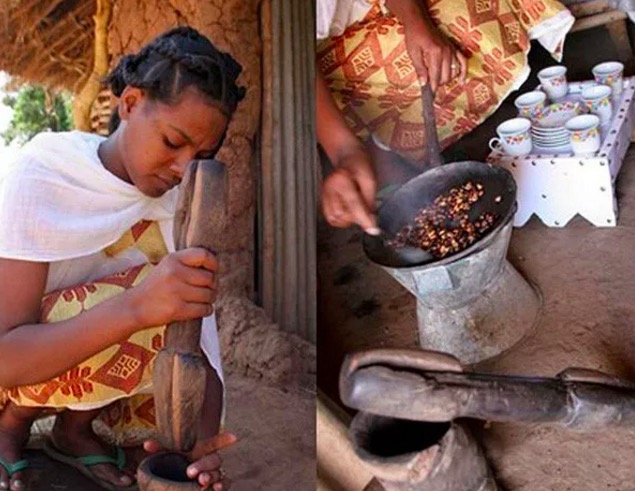
Of all the coffee-producing countries, Ethiopia is the most eye-catching one. Ethiopia is a country with changeable landforms and various nationalities, and its coffee beans grow in different regions. The only thing that can be revered by more than 80 ethnic groups is coffee.
Coffee production is economically important to Ethiopia, with about 20 per cent of the country's population living in industries related to coffee production. And Ethiopia's largest export is coffee, accounting for 35% to 40% of the country's total exports, so Ethiopia can be said to be a big coffee producer.
Ethiopian coffee tastes varied, from citrus and floral aromas to sweetened fruits and even tropical fruits. Ethiopian coffee with unrestrained floral and fruity aromas has opened the eyes of many coffee workers to the diversity of coffee taste. In addition, unlike other coffee-producing countries in Africa, the general public in Ethiopia has a habit of drinking coffee. 30% to 40% of the coffee produced in the country is consumed by its own people.
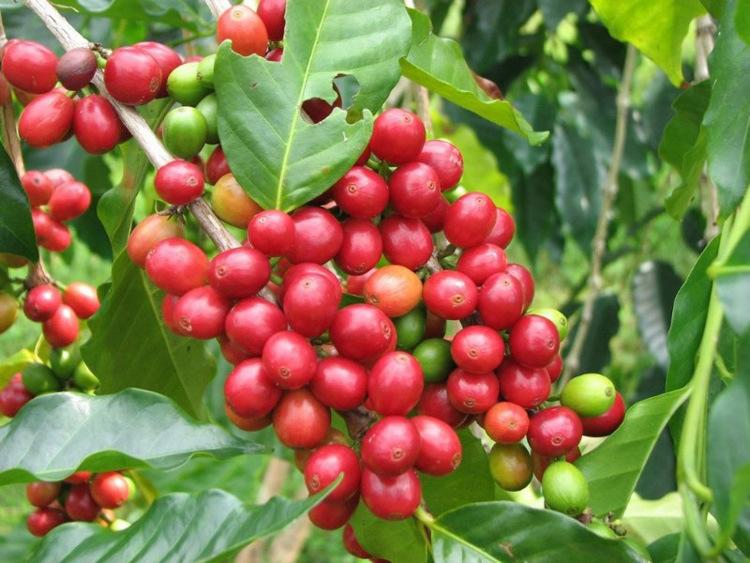
Conclusion
In all respects, Ethiopia is almost equated with coffee, and coffee is indispensable to daily life.
The above is some related information about Qianjie coffee arrangement.
I hope this article will help you to know more about coffee.
.
Important Notice :
前街咖啡 FrontStreet Coffee has moved to new addredd:
FrontStreet Coffee Address: 315,Donghua East Road,GuangZhou
Tel:020 38364473
- Prev
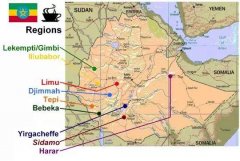
Ethiopia Coffee bulk Commercial Bean producing area: Gima 06
Altitude: 1350-1850 m forest / semi-forest system harvest time: November-January of the following year Gima is located in the southwestern highlands of Egypt (at the junction of Kaffa and Illubabor provinces), with an elevation of 4400-6000 feet, it is the largest coffee-producing area in Egypt, accounting for 3% of exports. The fine JIMA washed in water does not have the orange fragrance and flower rhyme of Yega Xuefei, but the taste spectrum is also quite clean and clear.
- Next
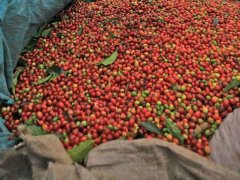
Ethiopian coffee·bulk commercial bean producing area: Eruba 07
Ethiopia's coffee bulk commercial bean production area: Irubaba elevation: 1350 - 1850 meters Forest/semi-forest coffee system Irubaba bulk commercial bean production area is located in the southwest of Kimbi, just bordering Sudan, Ethiopia's westernmost coffee production area, coffee growing elevation of 1350-1850 meters, most of the coffee here is transported to Kimma mixed, rarely sold independently. It's not fine.
Related
- Beginners will see the "Coffee pull flower" guide!
- What is the difference between ice blog purified milk and ordinary milk coffee?
- Why is the Philippines the largest producer of crops in Liberia?
- For coffee extraction, should the fine powder be retained?
- How does extracted espresso fill pressed powder? How much strength does it take to press the powder?
- How to make jasmine cold extract coffee? Is the jasmine + latte good?
- Will this little toy really make the coffee taste better? How does Lily Drip affect coffee extraction?
- Will the action of slapping the filter cup also affect coffee extraction?
- What's the difference between powder-to-water ratio and powder-to-liquid ratio?
- What is the Ethiopian local species? What does it have to do with Heirloom native species?

